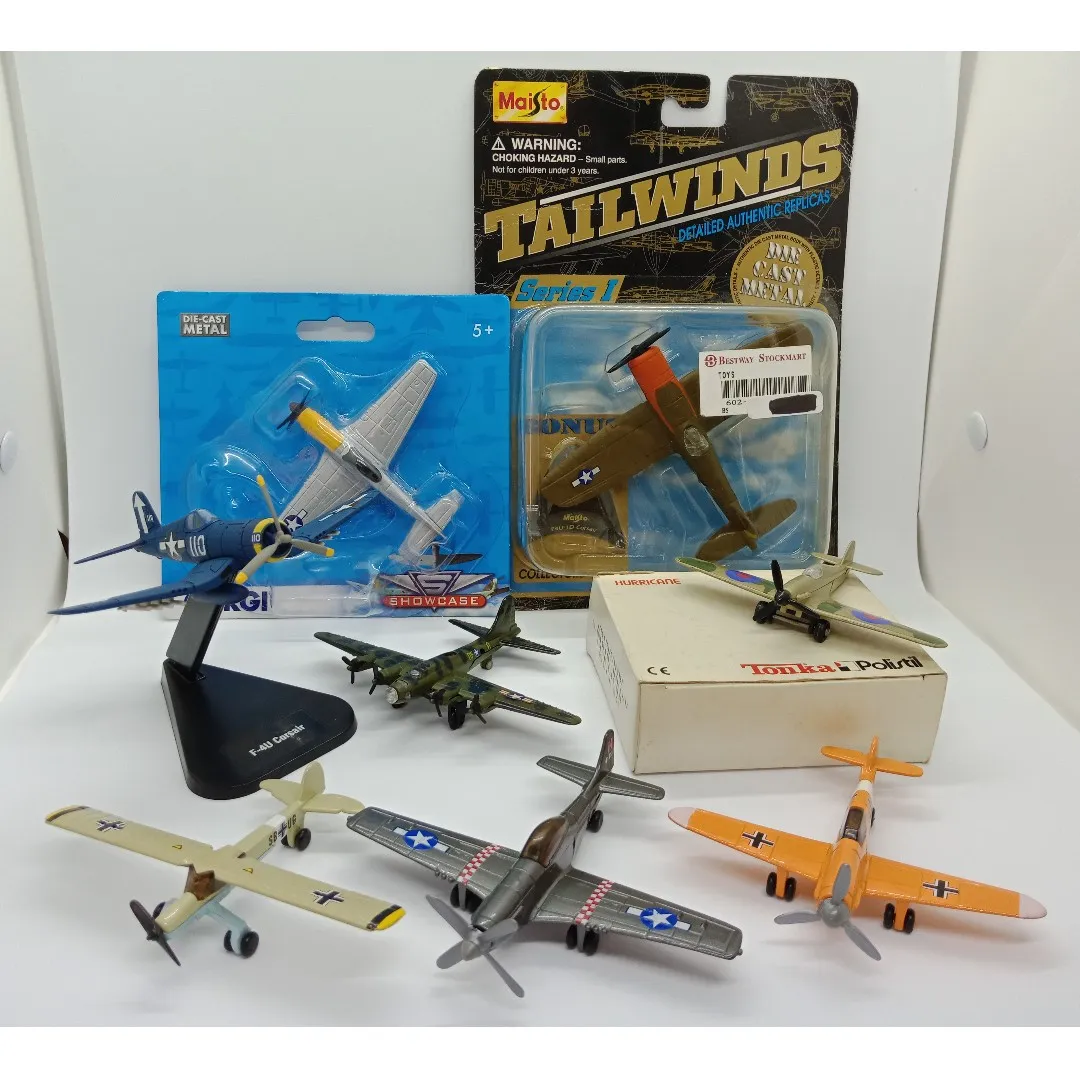The world of collectible aviation is a fascinating realm, and few areas capture the imagination as vividly as WW2 diecast model planes. These meticulously crafted miniatures not only serve as historical artifacts but also as beautiful display pieces that celebrate the courage, innovation, and engineering marvels of the Second World War. For both seasoned collectors and newcomers alike, choosing the right models can be a daunting task. This guide highlights five of the most iconic WW2 diecast planes that every enthusiast should consider adding to their collection, based on historical significance, model detail, and collectibility.
Top 5 WW2 Diecast Planes You Must Own
Selecting the ‘best’ WW2 diecast planes is subjective, influenced by personal preference, historical interest, and collecting goals. However, some models stand out for their historical importance, the quality of their reproduction, and their lasting appeal. These are the aircraft that define the era and represent the technological achievements and the human stories of WW2. The following list provides a diverse selection, representing both Allied and Axis powers, ensuring a balanced and comprehensive collection.
Why Collect WW2 Diecast Planes
Collecting WW2 diecast model planes offers more than just acquiring aesthetically pleasing objects it is an immersive journey into history. Each model tells a story of design innovation, engineering prowess, and the brave pilots who flew these machines. The act of collecting connects enthusiasts to the events of WW2, fostering a deeper appreciation for the sacrifices made and the technological advancements that shaped the conflict. The detailed craftsmanship of these models, from the rivets on the fuselage to the markings on the wings, brings history to life in a tangible way.
The Allure of WW2 Aviation History
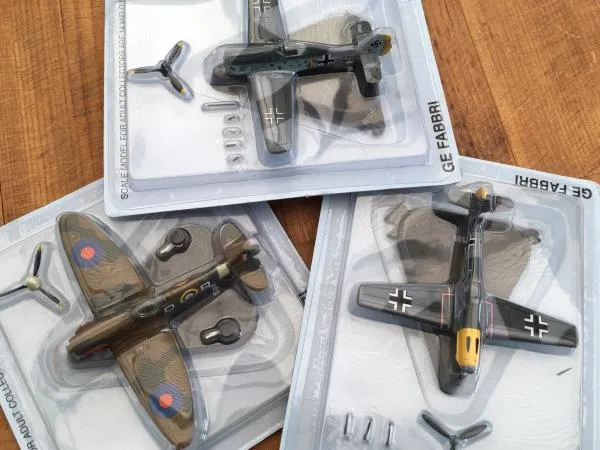
The allure of WW2 aviation history stems from its unique blend of technological advancement, high stakes, and human drama. The period saw rapid innovation in aircraft design, including breakthroughs in engine performance, aerodynamics, and weaponry. Aviation became a pivotal element of military strategy, with air superiority often determining the outcome of battles. Beyond the technological aspects, the stories of the pilots who flew these planes, their courage, skill, and the challenges they faced, captivate the imagination and drive the passion for collecting and learning about the aircraft of the era.
Messerschmitt Bf 109: A German Legend
The Messerschmitt Bf 109, arguably the most important German fighter of WW2, is a must-have for any serious collector. This aircraft played a central role in the early victories of the Luftwaffe, including the blitzkrieg campaigns. Its design evolved throughout the war, with different variants offering improvements in engine power, armament, and operational capabilities. The Bf 109 showcases German engineering prowess and adaptability, making it a key symbol of the air war in Europe. Its versatility as a fighter, interceptor, and ground attack aircraft contributed significantly to its iconic status. (Image: bf109-diecast)
Detailed Overview of the Bf 109
The Bf 109 was a single-seat fighter aircraft, first designed in the mid-1930s and constantly upgraded throughout the war. It was known for its powerful engine, rapid climb rate, and effective armament, which included machine guns and cannons. Early models were instrumental in the invasion of Poland and France, while later versions saw service in the Battle of Britain and the Eastern Front. The design went through numerous modifications, with each subsequent version improving on its predecessor in terms of speed, maneuverability, and firepower. The Bf 109’s rugged construction and relatively simple maintenance made it a favorite among German pilots.
Key Features of the Bf 109 Diecast Model
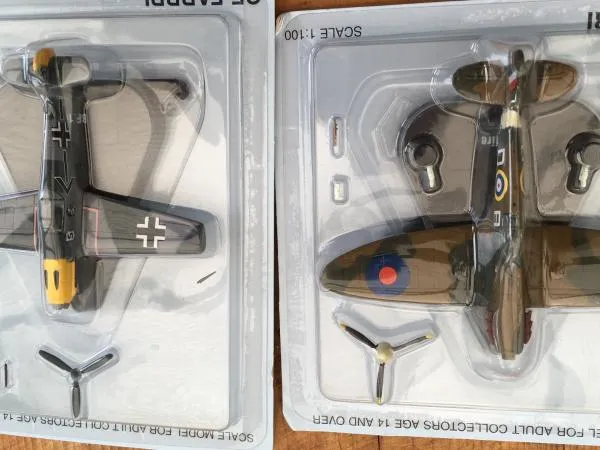
When selecting a Bf 109 diecast model, collectors should pay close attention to several key features. High-quality models will feature accurate panel lines, detailed cockpits, and realistic paint schemes that reflect the camouflage patterns used during the war. The best models often come with detailed markings, including unit insignia and individual aircraft codes, adding to their authenticity. Check for accurate representation of the engine exhaust stacks, propeller, and undercarriage details. Finally, consider the scale the most popular are 1 72 and 1 48 which can make the models more accessible for display.
Supermarine Spitfire: British Icon
The Supermarine Spitfire is an emblem of British resilience and engineering excellence. Revered for its elegant design and crucial role in the Battle of Britain, the Spitfire became a symbol of defiance against Nazi aggression. Throughout the war, its design was refined and improved, making it a versatile fighter that served in various theaters of operation. Its graceful lines and outstanding performance made it a favorite among pilots and a cornerstone of Allied air power, cementing its place in aviation history. (Image: spitfire-diecast)
Design and Significance of the Spitfire
The Spitfire’s design was groundbreaking for its time, featuring an elliptical wing that gave it exceptional maneuverability. Its Rolls-Royce Merlin engine provided the necessary power to compete with the Luftwaffe’s fighters. The Spitfire’s significance extends beyond its combat performance; it represented British ingenuity and the determination to withstand relentless attacks. The aircraft was continually upgraded with more powerful engines and improved armament, making it a formidable opponent throughout the war. Its sleek design and effectiveness made it a symbol of hope and a key factor in the Allied victory.
Features of the Spitfire Diecast Model
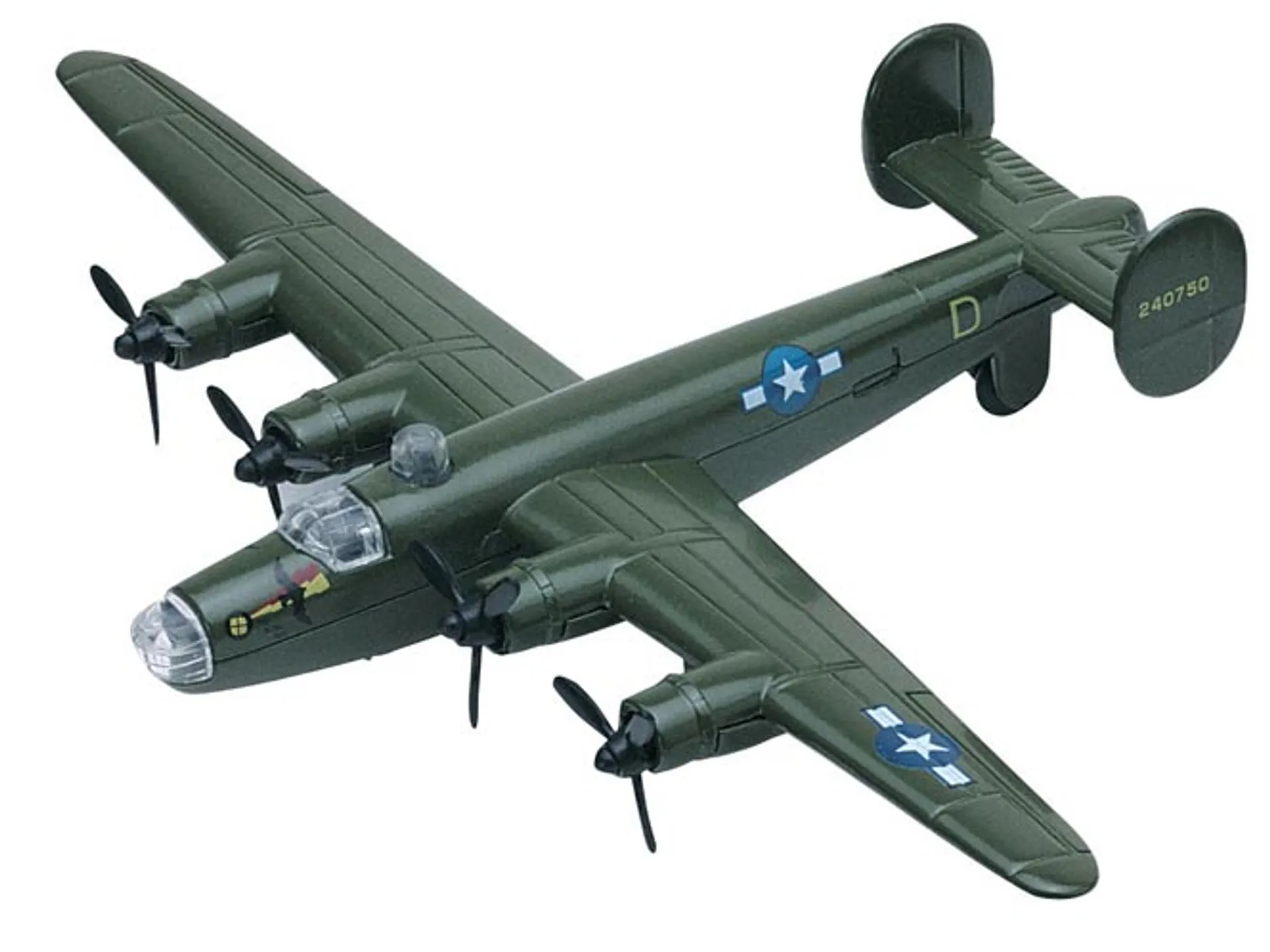
A high-quality Spitfire diecast model should accurately reflect the aircraft’s iconic shape, including its elliptical wings and distinctive profile. Detail is crucial, with attention given to the cockpit, the propeller, and the undercarriage. Authentic paint schemes, reflecting the various camouflage patterns used by the RAF, are also essential. Look for models that include accurate markings and unit insignia, adding to their historical accuracy. The best models often come with a display stand and a detailed information card about the aircraft’s history. Collector should consider different marks of Spitfire as the appearance change over the years.
North American P-51 Mustang: American Powerhouse
The North American P-51 Mustang is perhaps the most famous American fighter of WW2. Initially designed as a fighter, it was transformed into a long-range escort fighter, providing protection to the American bomber formations over Europe. Its combination of speed, range, and firepower made it a game-changer in the air war. The Mustang’s arrival over Europe marked a turning point, as it allowed Allied bombers to strike deep into Germany with greater safety. (Image: p51-mustang-diecast)
The Mustang’s Impact in WW2
The P-51 Mustang’s impact on WW2 was profound. Its long-range capabilities enabled it to escort bombers throughout their missions, significantly reducing losses and allowing for strategic bombing of German industrial targets. The Mustang’s superior performance allowed it to engage and defeat enemy fighters effectively. Beyond its combat successes, the Mustang boosted morale among Allied aircrews and contributed to the eventual Allied victory. The Mustang was also deployed in the Pacific theater, further demonstrating its versatility.
What to Look for in a Mustang Diecast
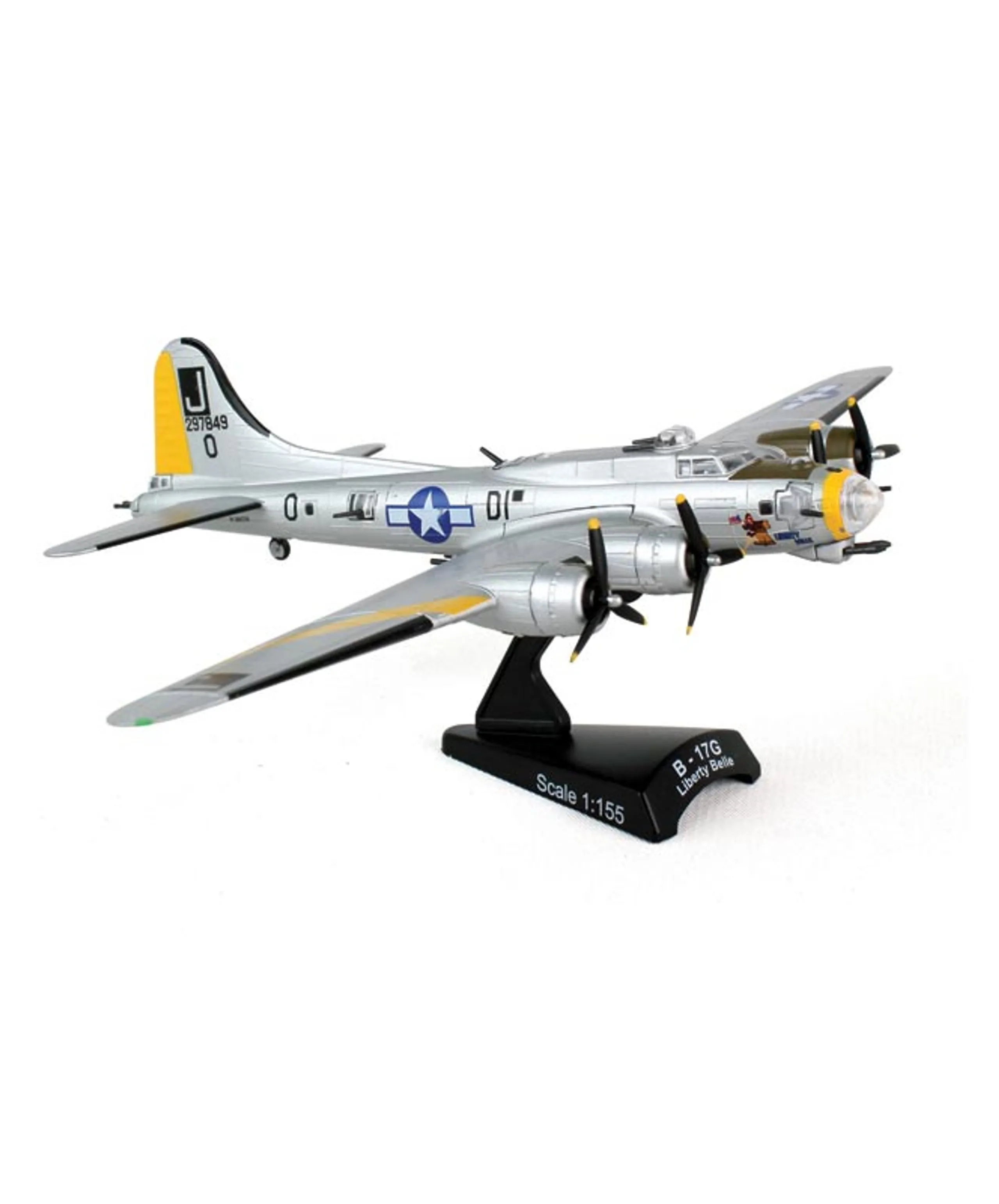
When choosing a P-51 Mustang diecast model, focus on the details that make it historically accurate. Look for models that accurately represent the different versions of the Mustang, including the early variants with the Allison engine and the later models with the more powerful Rolls-Royce Merlin engine. Pay close attention to the paint schemes, which can vary greatly depending on the unit and time period. Accurate representation of the aircraft’s guns, propeller, and cockpit details is also essential. Collectors should appreciate the overall build quality and the inclusion of any pilot figures.
Mitsubishi A6M Zero: Japanese Excellence
The Mitsubishi A6M Zero was the primary fighter of the Imperial Japanese Navy during WW2, known for its exceptional range and maneuverability. Initially, the Zero dominated the skies in the Pacific theater, posing a significant challenge to Allied forces. Its lightweight design and impressive performance in dogfights made it a formidable opponent in the early years of the war. The Zero’s legacy is complex, representing both Japanese aviation expertise and the challenges faced by Allied pilots in the Pacific. (Image: a6m-zero-diecast)
Zero’s Tactical Role in the Pacific
The Zero’s role in the Pacific was crucial during the initial phase of the war. Its long range and maneuverability allowed the Japanese to project their air power across vast distances, supporting the rapid advance of their forces. The Zero was a critical component in several significant battles, including Pearl Harbor and the Battle of the Coral Sea. The aircraft’s lightweight construction, however, made it vulnerable to heavier, better-armored Allied fighters later in the war. As the war progressed, Allied tactics and aircraft improved, gradually eroding the Zero’s dominance.
Notable Features of the Zero Diecast
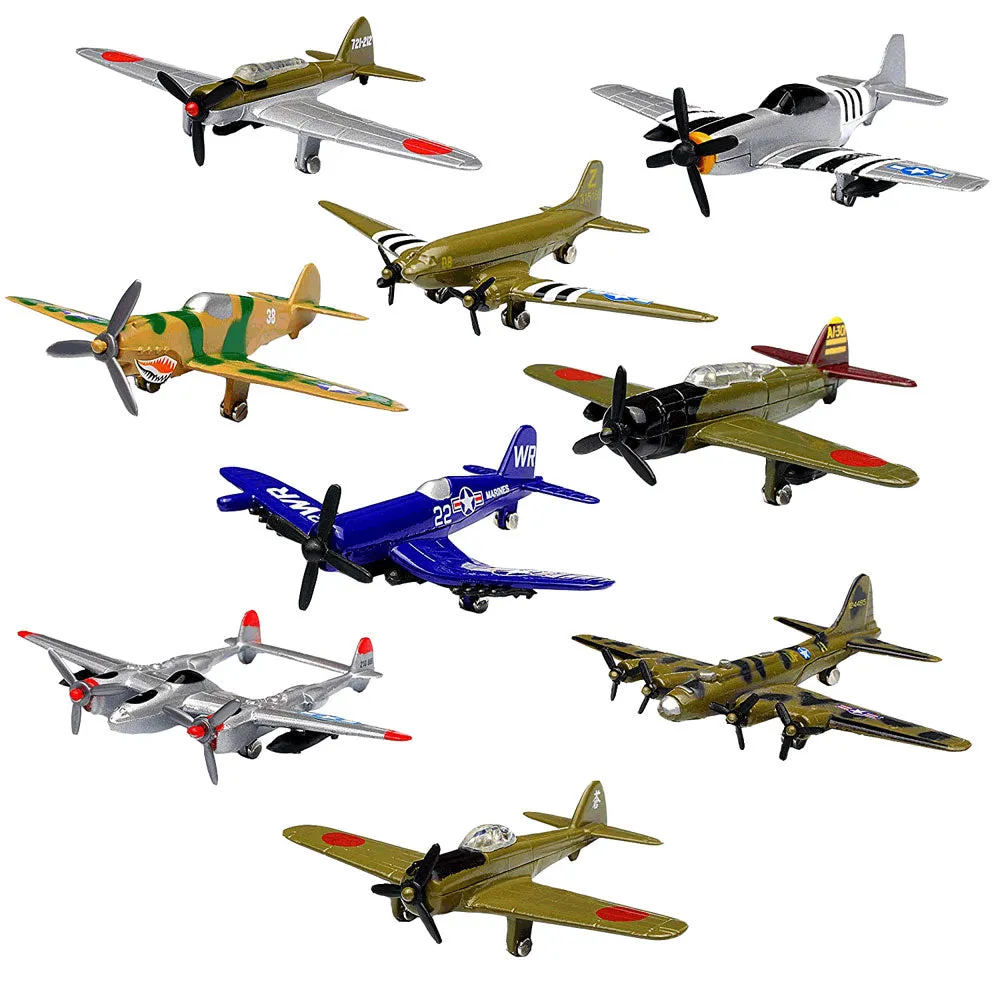
When collecting a Zero diecast model, focus on details that capture its sleek design and historical significance. Look for models that accurately reflect the aircraft’s streamlined fuselage, distinctive wing shape, and detailed cockpit. Pay attention to the paint schemes, which often include the iconic green and gray colors of the Japanese Navy. Accurate representation of the engine and armament is also key. Collectors should consider the model’s scale and the inclusion of any markings, unit insignia, and display stands. A well-executed Zero model is a testament to the plane’s importance.
Focke-Wulf Fw 190: A German Fighter
The Focke-Wulf Fw 190 was another crucial fighter for the Luftwaffe, designed to be a more robust and powerful alternative to the Bf 109. It quickly proved to be a formidable opponent, particularly in the hands of experienced pilots. Its radial engine offered exceptional power and reliability, making it a versatile aircraft for various combat roles. The Fw 190’s design allowed it to excel in low-altitude engagements and ground attack missions. (Image: fw190-diecast)
Design and Combat Performance of the Fw 190
The Fw 190’s design prioritized firepower, ruggedness, and pilot protection. Equipped with a powerful radial engine, it could outperform many Allied fighters in certain aspects, such as dive speed and firepower. The Fw 190 played a vital role in the Battle of France and the Eastern Front, and was also used for ground attack and anti-shipping missions. Its robust construction allowed it to withstand significant damage, making it a resilient platform in the intense air battles of WW2.
Key Characteristics of the Fw 190 Model
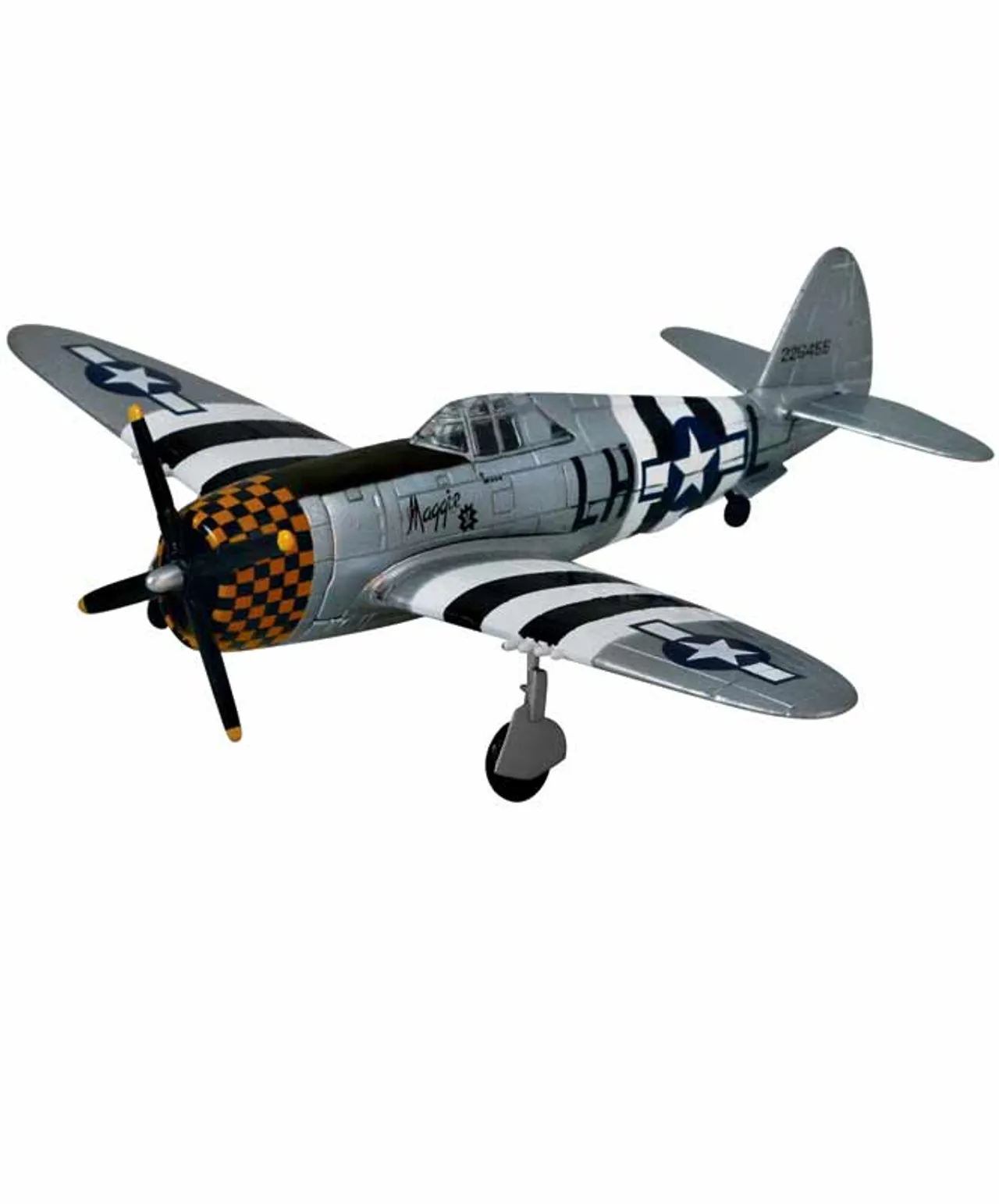
When looking for an Fw 190 diecast model, pay close attention to the accurate representation of its radial engine, distinctive cowl, and short, sturdy fuselage. Authentic paint schemes, including the varied camouflage patterns used by the Luftwaffe, are essential. Detail on the cockpit, including instruments and pilot figures, adds to the model’s appeal. Ensure that the model accurately reflects the Fw 190’s powerful armament and unique design. Finally, consider the model’s scale and the overall build quality, including the accuracy of panel lines and markings, to ensure that it is a worthy addition to your collection.
Collecting WW2 diecast model planes provides an engaging way to appreciate history, engineering, and the stories behind the iconic aircraft of the era. These five models—the Bf 109, Spitfire, P-51 Mustang, A6M Zero, and Fw 190—represent some of the most important aircraft of the conflict. By adding these models to your collection, you can build a vibrant display of these remarkable machines and keep the legacy of WW2 aviation alive. (Image: ww2-diecast-planes-collection)
